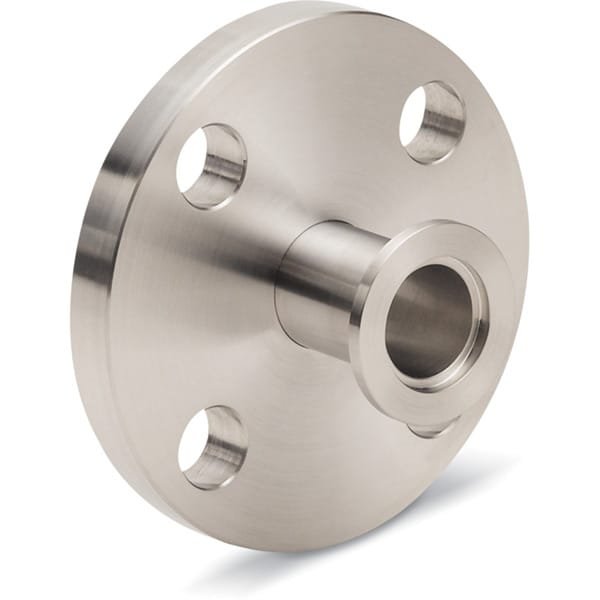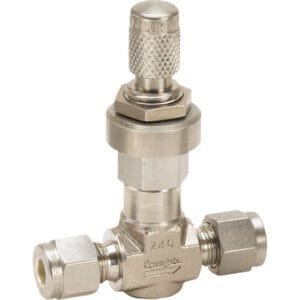KF (QF) to ASA Adapters—Flat & Grooved: Seamless Cross-System Flange Integration for Vacuum Systems
KF (QF) to ASA Adapters—Flat & Grooved by TFM are precision-machined components designed to interface KF (QF) flanges with ASA-style flanges, enabling smooth transitions between different vacuum standards. Constructed from high-grade 304 stainless steel, these adapters are ideal for connecting European-style quick flanges (KF) to North American ASA flange systems.
These versatile KF (QF) to ASA Adapters—Flat & Grooved are available in two sealing configurations: one end terminates with a KF (QF) flange for quick-clamp style connections, and the other with either a flat ASA flange or a grooved ASA flange, depending on your sealing preference (copper gasket or elastomer o-ring).
Key Features of KF (QF) to ASA Adapters—Flat & Grooved:
Cross-Standard Compatibility
Perfect for systems requiring reliable interface between KF (QF) and ASA flange types, supporting mixed-vacuum hardware integration.Flat or Grooved ASA End Options
Choose between flat ASA flanges for standard metal-to-metal contact or grooved ASA flanges when an o-ring seal is needed for higher vacuum reliability.304 Stainless Steel Construction
Each adapter is made from corrosion-resistant 304 stainless steel, ensuring mechanical strength and chemical stability in HV and light UHV conditions.Compact and Weld-Free Installation
These adapters eliminate the need for flange modification or welding, simplifying integration into existing setups.Reliable Sealing and Performance
When used with appropriate clamps, bolts, and gaskets, KF (QF) to ASA Adapters—Flat & Grooved ensure leak-tight operation across standard vacuum pressures.
Applications:
Bridging KF foreline components to ASA-flanged vacuum chambers
Retrofitting older ASA-based systems with modern KF (QF) valves or pumps
Integrating international vacuum accessories in research or industrial systems
Supporting hybrid infrastructure in analytical instrumentation or coating systems
Facilitating quick reconfiguration in test stands and modular UHV platforms
TFM offers a wide selection of vacuum adapter flanges, including ISO to ASA, KF to CF, and custom KF (QF) to ASA Adapters—Flat & Grooved, helping you achieve compatibility across global vacuum technologies.





Reviews
There are no reviews yet.